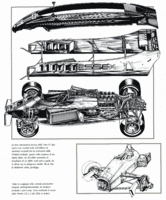Can I ask at what track Piquet made this pass on Senna (I know that I know it but can't place it) got to be between 85-87 
And why have I never seen this move before (a 4 wheel drift round the outside, under braking, sublime)
From about 43 seconds in the vid (I'd mute the sound if I were you!)

And why have I never seen this move before (a 4 wheel drift round the outside, under braking, sublime)
From about 43 seconds in the vid (I'd mute the sound if I were you!)

